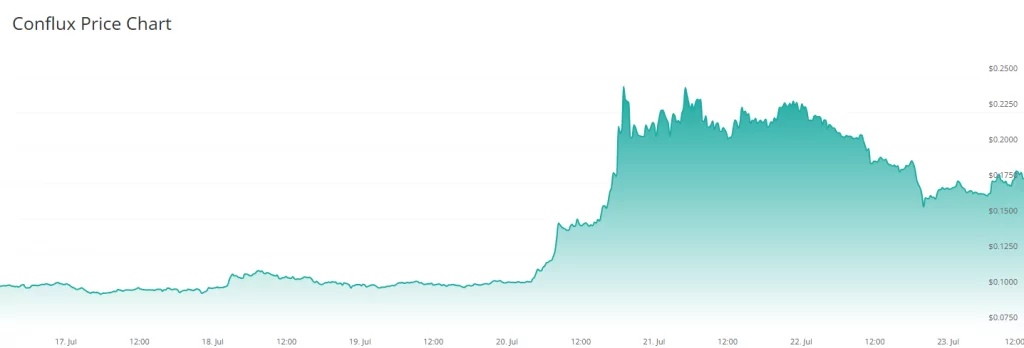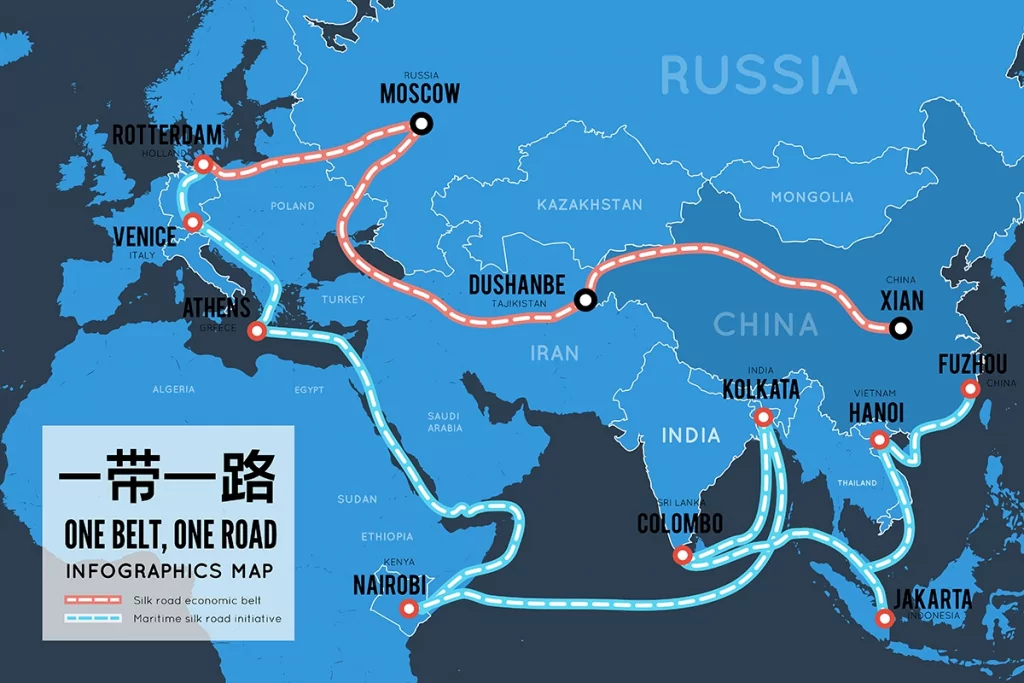Chinese blockchain Conflux has unveiled the third version of its public network and launched a stablecoin backed by the offshore Chinese yuan (CNH).
The project is aimed at cross-border payments as part of the massive Belt and Road Initiative, which could revolutionize payments between Asian, African, and European countries.
Conflux partners with fintech companies
Conflux announced the new developments at a three-day conference, according to a report from the Shanghai municipal government. The company has partnered with fintech firm AnchorX and IT security company Eastcompeace to support the launch of a stablecoin pegged to the offshore Chinese yuan (CNH).
Crypto wallet TokenPocket has also joined the partnership to promote the stablecoin to its users. On the social media platform X, the wallet team wrote that they will launch pilot projects in Central Asia, Southeast Asia, and other key regions in collaboration with Conflux and AnchorX.
Conflux 3.0: AI support and increased productivity
Conflux 3.0 is more than just another update. The new version can process over 15,000 transactions per second and natively supports invoking AI agents directly on the blockchain.
The market responded immediately: the price of the Conflux token rose from $0.1055 on Sunday to $0.2285, an increase of almost 117%.

The new stablecoin will serve Chinese organizations operating offshore and countries participating in the Belt and Road Initiative.

The Belt and Road Initiative is a global infrastructure and economic strategy launched by China in 2013 to enhance the country’s international influence. The initiative aims to connect Asia, Africa, and Europe through land and sea trade routes, including the construction of roads, railways, ports, and digital infrastructure.